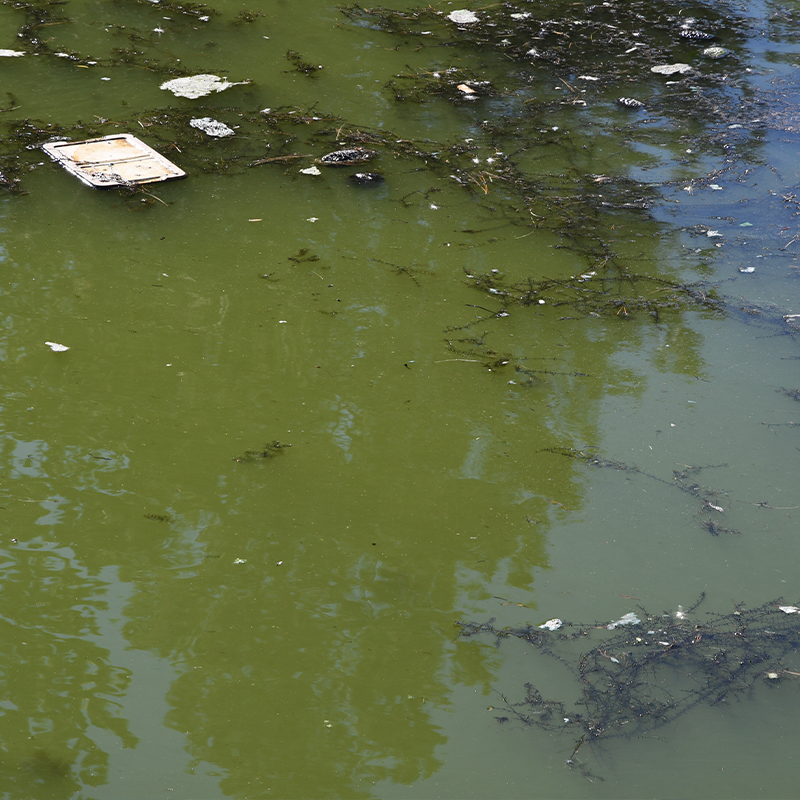LAKE TAHOE, Nev./Cal. – Algae in Lake Tahoe has been a hot topic this summer. While these tiny organisms are a natural part of Tahoe’s aquatic ecosystem, algae can become a harmful algal bloom, or HAB, under the right conditions. No HABs have been detected in Lake Tahoe this summer, but this time of year is when to be on the lookout, when warm, shallow water increases the likelihood for HABs. For everyone who enjoys the region’s lakes, rivers, and creeks, it’s important to know how to spot a HAB, where to report your sightings, and what to do to keep yourselves, your pets, and others safe.
A NATURAL PART OF THE ECOSYSTEM
Lake Tahoe is famous for its blueness. The growth and spread of algae is one reason blue lakes around the world can appear green in the summer. Algae forms the base of many food webs, and most algae in Lake Tahoe, though sometimes unattractive, does not pose a health risk to people or animals. Harmful algal blooms are a different story. HABs can be mistaken for harmless types of algae which naturally occur in Tahoe and can be found clinging to rocks, washing up on beaches, and attached to the bottom of creek and river channels. HABs, however, pose a risk to public health and safety.
The Lahontan Regional Water Quality Control Board (Water Board) places a focus on algae in Tahoe’s waterbodies. They are not alone. The Tahoe Science Advisory Council (Science Council), and notably its member the UC Davis Tahoe Environmental Research Center, studies the presence, abundance, and distribution of Tahoe’s algae over time, and how those characteristics are shifting with climate change. The League to Save Lake Tahoe supports the Science Council’s work. In line with its mission to Keep Tahoe Blue, the League stresses the importance of water quality monitoring and scientific efforts to better understand how algae behaves and impacts the Tahoe region.


